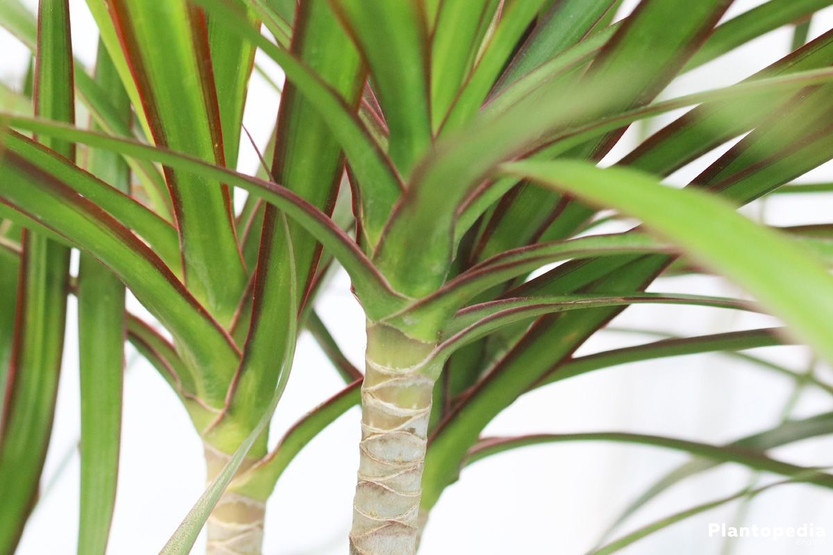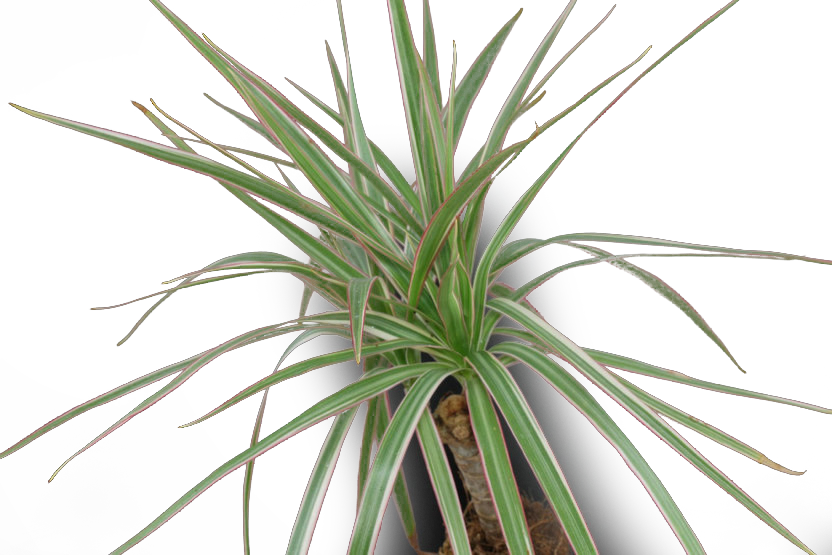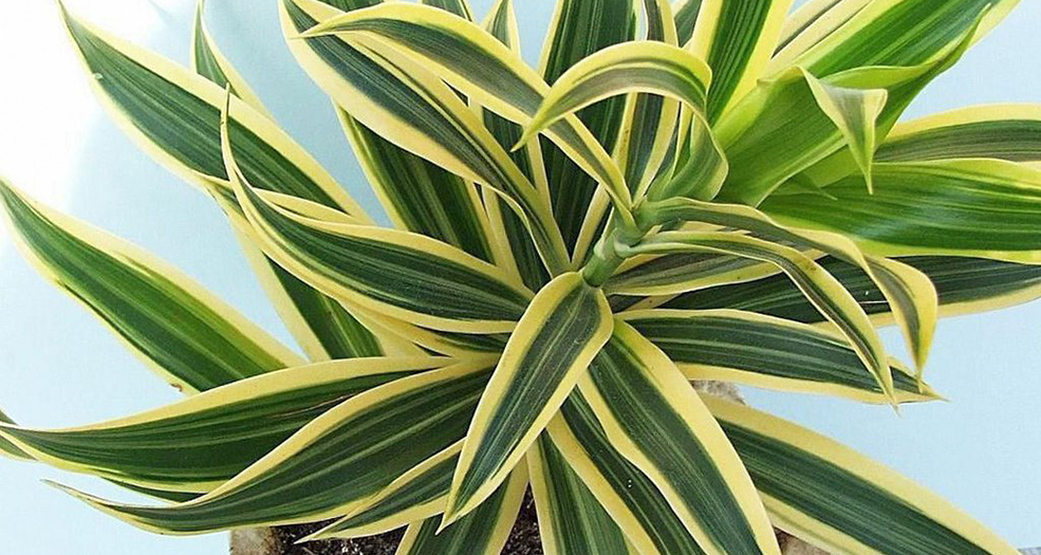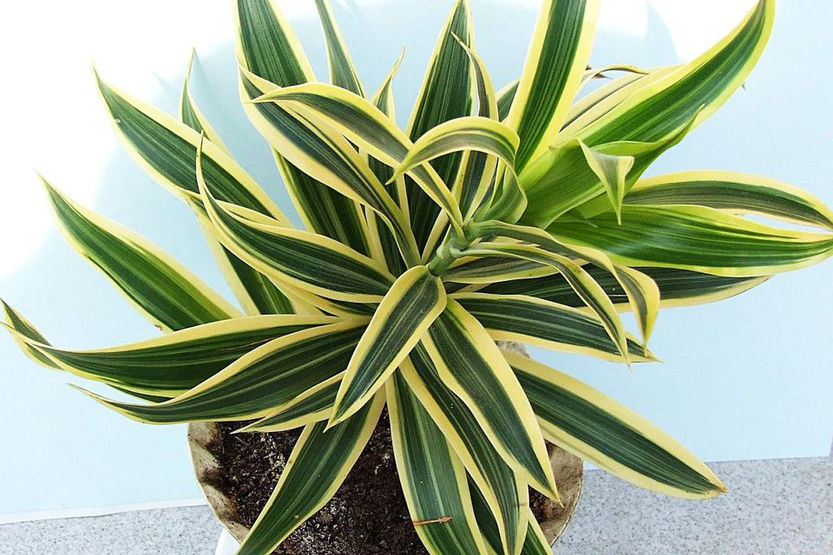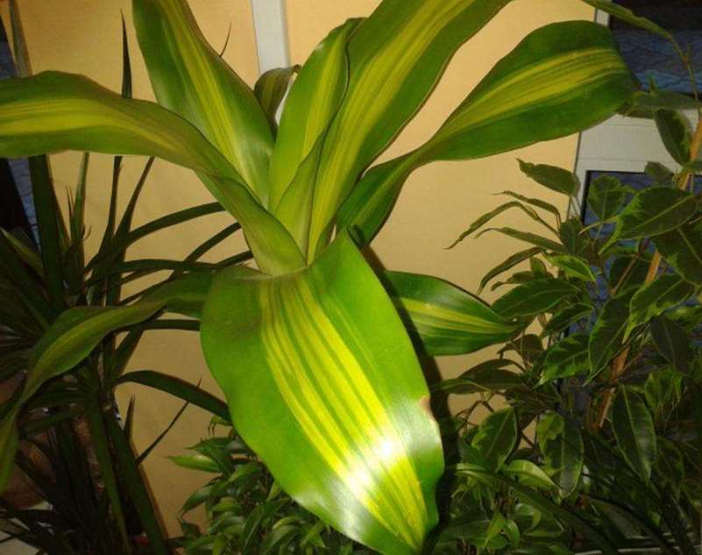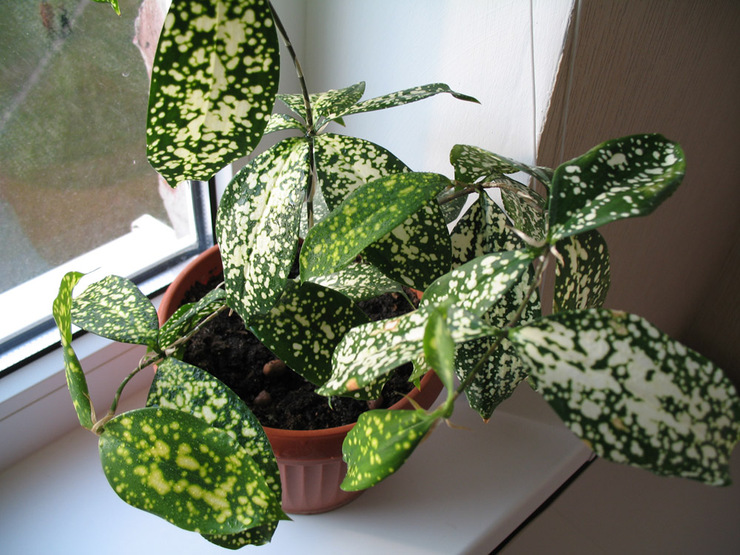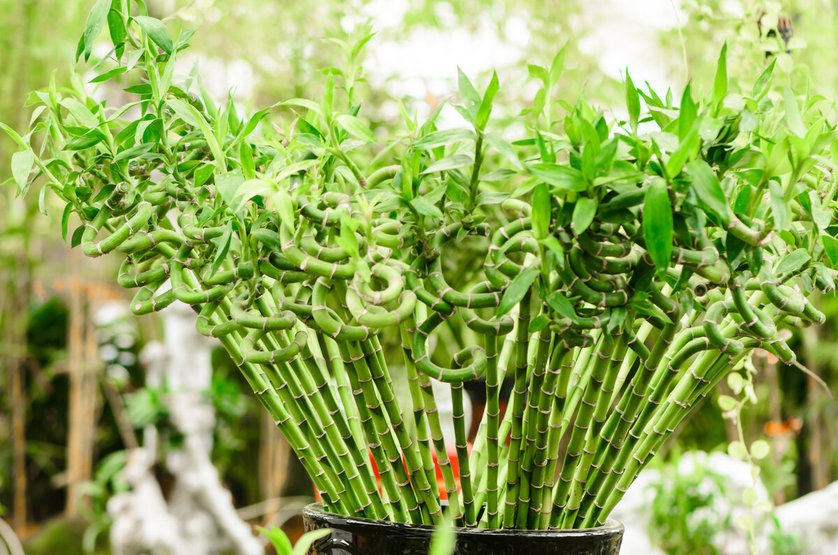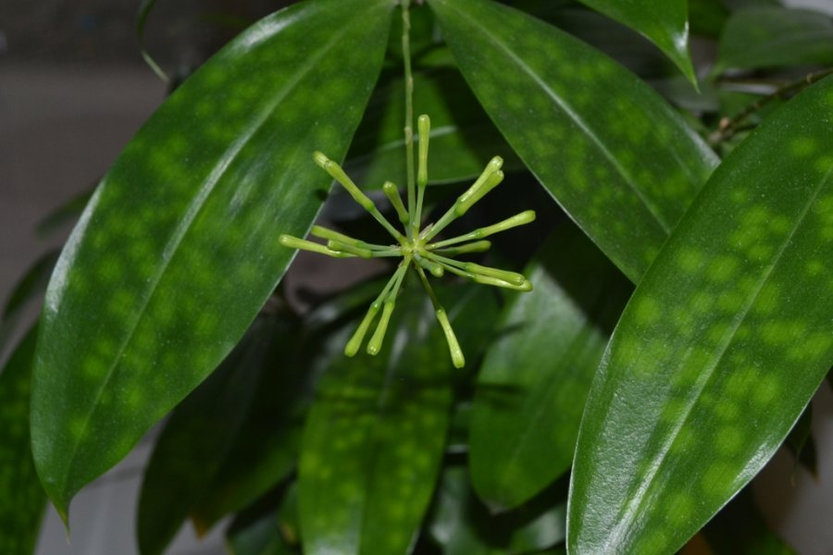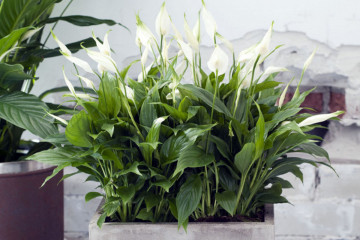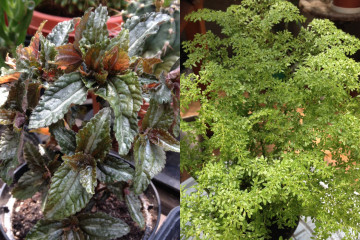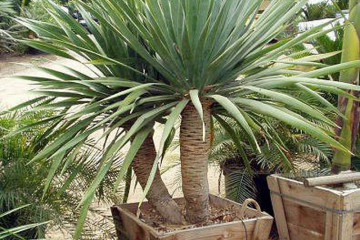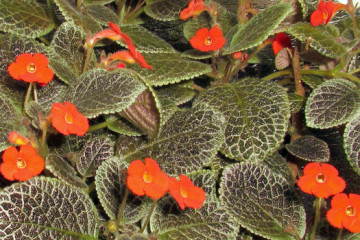Dracaena - types of Marginat, Derem, Fragrant, Massangeana
Content:
Dracaena is a plant that invariably attracts flower growers with its decorativeness and ease of care. There are many varieties of this interesting flower, but not all of them are intended for home cultivation. Species specially bred for the home are distinguished by a long life and good immunity to diseases, pests, parasites.
Types of dracaena for indoor breeding
Dracaena is a plant with a thickened treelike stem, belonging to the Asparagus family. It is sometimes incorrectly called a palm tree or a broken heart bush because the leaves are often heart-shaped. In total, about 140 flower varieties are known in the wild.
Some of them are most popular among domestic lovers of indoor plants. Dracaena are the most common types:
- Compact;
- Marginata;
- Bamboo;
- Malayan;
- Kanzi.
Recently, Surculoza and Lemon Lime have been added to them, as well as Dracaena Mix and Magent. They can be freely purchased at any ornamental plant store. In the West, amateurs of indoor floriculture often acquire Dracaena Sanderian, in Russia this species is quite rare.
All varieties love soil with a lot of nutrients and high-quality soil drainage, so the most important care measures are top dressing and timely loosening of the soil. During the period of intensive growth, the flower needs a lot of potassium and phosphorus.
Marginata
You can find out this variety by the following description:
- Powerful, uncovered trunk;
- Elongated, vertically elongated feathery leaves of light green color with red edges;
- The average foliage length can reach 70 cm;
- Sprawling crown.
Dracaena marginata home care is, first of all, abundant soil moisture. Also, Marginata dracaena home care is an active prevention of diseases and pests (this species is characterized by weak immunity). To form the crown, it is necessary to regularly prune, otherwise the plant will lose its spectacular appearance. In some varieties, the leaves may have whitish or golden edges. The plant is often used in interior design, it will be a wonderful decoration for an office or rest room.
Deremskaya
Dracaena deremskaya is one of the most beautiful species. At the same time, she is the most capricious. Few people know how dracaena blooms (it can be seen quite rarely and only if all conditions of care are observed). This species has a thick trunk, from which leaves, shaped like a lancet, extend in different directions. On the upper side of the leaves, you can see pale yellow or white stripes running along the entire surface.
At home, flowering is a rather rare occurrence. However, in the wild, this variety of dracaena has small spike-shaped inflorescences of a red or cinnabar hue. For growing at home, experts recommend choosing a subspecies of Janet Craig, it is the most unpretentious and easily adapts to changing conditions. The height of an adult plant is no more than 1 meter, the leaves fall down in a cascade.
Fragrant
Fragrance dracaena has an interesting leaf color. You can recognize it by the following distinctive features:
- Short, thick barrel;
- Dark green oval leaves, curved tips;
- The leaves are covered with white, yellow, light gray spots and specks in a chaotic manner;
- The length of each leaf can be up to 65 cm.
This variety got its name due to the fact that fragrant flowers in the form of pompons emit a pleasant delicate aroma. However, they rarely appear at home. The continent of origin of the species is Africa. To wait for flowering in a city apartment, a flower needs good lighting and enhanced feeding.
Massangeana
Massangeana dracaena has an unusual leaf shape. They are widened at the base and curved downward at the ends. There is a bright yellow stripe in the middle of the light green leaf, which makes the plant very beautiful. This variety is often found in city apartments.
The main requirements for care are high air humidity and temperature, no drafts, abundant watering. Grow in a well-lit window. However, direct sunlight can burn the leaves, so in hot summer it is necessary to artificially create partial shade. In the warm season, the dracaena can be safely taken out to the loggia or balcony, but if there is a threat of cold snap, the flower should be immediately removed to the room.
Compact
The compacta dracaena is a small shrub that grows slowly in height. The main distinctive features of the species:
- Long, thin barrel;
- Leaves, collected in a tight bunch, dark green, without spots and stripes;
- The height of an adult specimen can reach 2 m in nature and 1.5 m in a city apartment;
- The surface of the leaves is glossy, smooth, pleasant to the touch.
This flower loves to "take a shower". It is necessary to alternate abundant watering with spraying with water at room temperature. Spraying will help remove dust, dirt, and pests (parasites) from the leaves. The flower is afraid of drafts and cold, loves feeding with complex fertilizers for indoor flowers.
Godsef
This species stands out against the background of other varieties with an unusually variegated color of leaves. Dark green leaves are covered with a whole network of stripes and specks of all shades of green, yellow, gray. Godsefa Dracaena is demanding on the composition of the soil and frequent feeding. The root system is powerful, it develops intensively, so it is recommended to carry out transplantation often.
A long stay of a flower in an insufficiently spacious pot can significantly slow down its growth and development. This type has beneficial properties (a mask with leaf juice helps to strengthen weak and colored hair).
Bamboo
Dracaena bamboo gets its name from the visual similarity of the stem to a bamboo shoot. You can recognize this type by the following characteristics:
- Bare, long, thin stem, widened at the bottom;
- Large leaves in the form of a lancet with a bicolor color (light green and yellow), diverging in different directions from the top;
- Glossy smooth surface of the leaves;
- The height of the trunk in an adult specimen is up to 1 meter.
Lemon Lime
Lemon Lime Dracaena is so called because of the pale yellow veins and patterns on the leaves. This broadleaf species is sometimes referred to simply as "Lime". The leaves extending from the trunk in different directions are shaped like arrows. The main disadvantage of this species is the rapid decay of the root with excessive soil moisture. Also, the leaves are sometimes affected by viral and bacterial infections. For the prevention of diseases, frequent loosening of the soil and good drainage are recommended. You should also protect the plant from drafts and take it to another room while airing.To prevent the flower from suffering from dry air, you can put a pot filled with water at room temperature on the windowsill to evaporate the moisture.
Malayan
The official scientific name of the variety is Fragrance Malaica. Despite the name, the flower naturally grows not in Malaysia, but in Central Africa. The main advantage of the species is that it grows and develops well in any conditions: both in dry arid climates and in high humidity. The main thing is that watering is moderate. The main distinguishing features:
- Elongated oval leaves, collected in a tight rosette;
- A shortened powerful trunk, completely stiffened;
- Light green leaves with whitish edges and a bright yellow stripe in the middle;
- The edges of the leaves can curl up or down, depending on the subspecies.
With proper care, the plant lives for a long time. The ideal location of the pot with dracaena is on a window facing south or southeast. The flower tolerates partial shade well. Complex fertilizers in liquid form are recommended for feeding. Spraying the leaves can be carried out at any time of the year: both in winter and in summer. Malayka grows well in group plantings: 3-5 plants in one pot. The flower is often used for interior decoration, it can be seen in the kitchen, living room, office.
This is one of the most unpretentious varieties of dracaena. Also Malaika Dracaena is interesting in that it easily tolerates temperature changes and is not afraid of drafts.
Surculosis
The dracaena surculosis has a high stem, like a small tree, and thin leaves. This variety visually resembles Janet Craig's dracaena. The leaves are collected in a tight bundle, oriented clearly upward, similar to wide arrows (they look as if someone had bent them up). The trunk is powerful, covered with bark, but as the flower ages, it can become bare. Courting is easy.
At home, it practically does not bloom. Loves abundant watering and high temperature indoors, tolerates partial shade well. Leaves are sensitive to direct sunlight and burns frequently. The flower needs frequent feeding with nitrogen fertilizers. During the period of physiological rest, watering is minimized. Blooming at home is extremely rare. The homeland of this species is South Africa. In Russia, the species is not very common.
Which type of dracaena to choose depends on the grower. Any dracaena brings joy to the bright color of the crown. The advantage of the plant is that poisonous species are very rare. However, when growing at home, it should be borne in mind that all species are sensitive to sudden changes in temperature, they are afraid of wind and drafts. In the absence of regular feeding, the development of dracaena can slow down significantly. Insufficient soil moisture in the hot season has the same effect.
